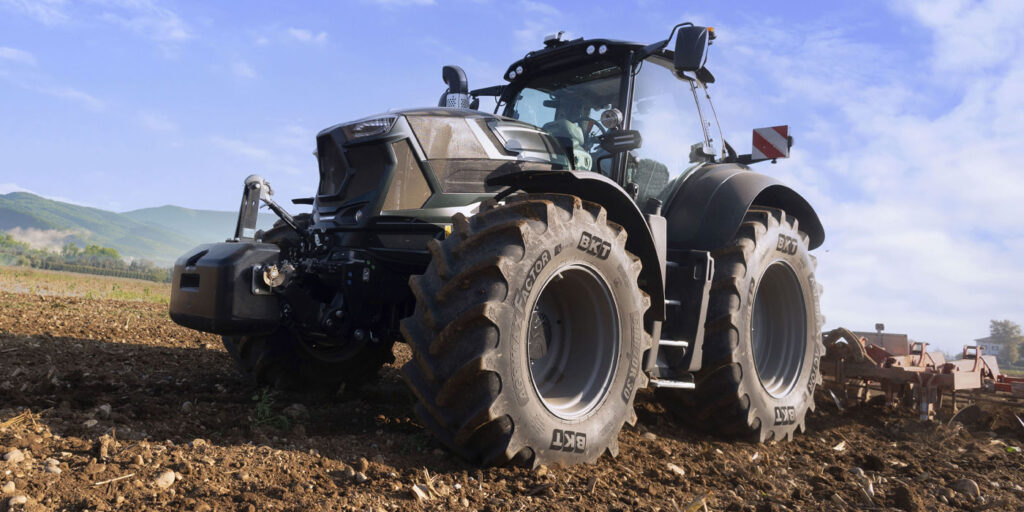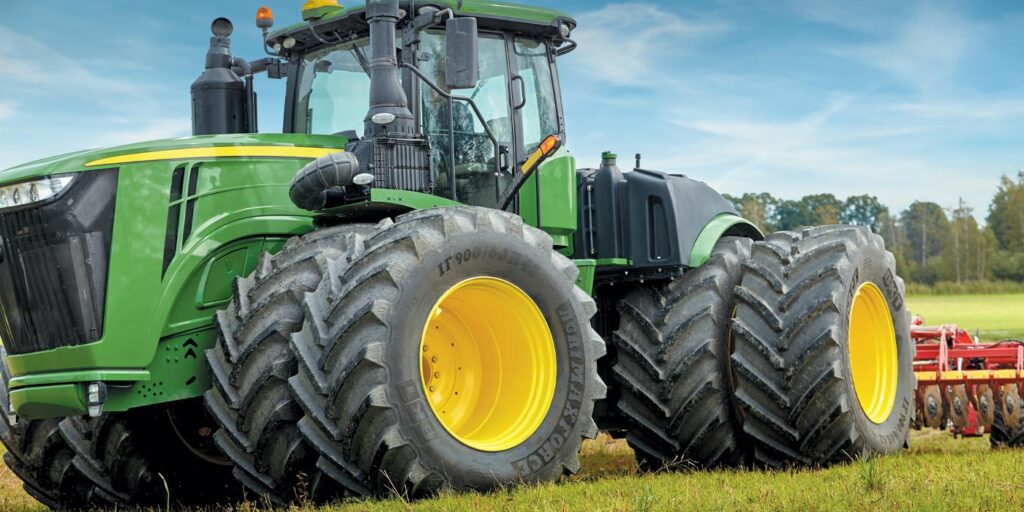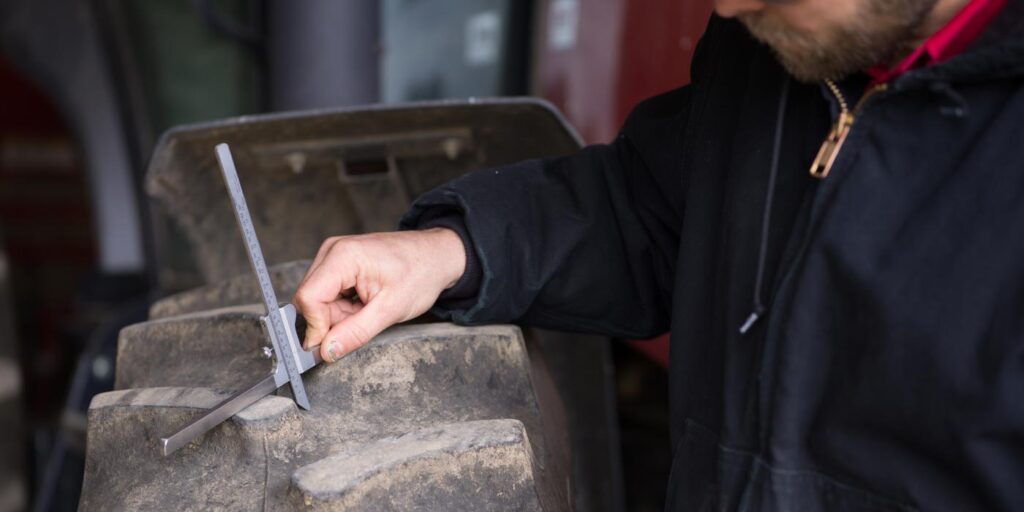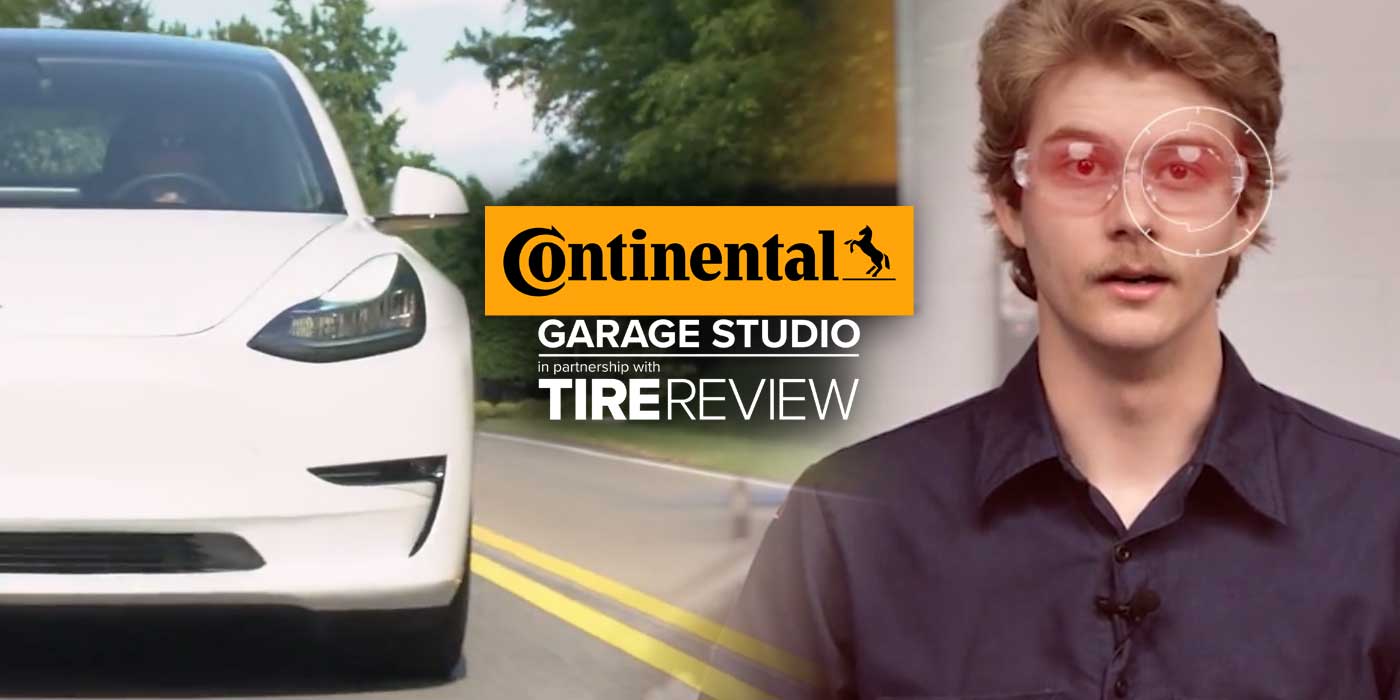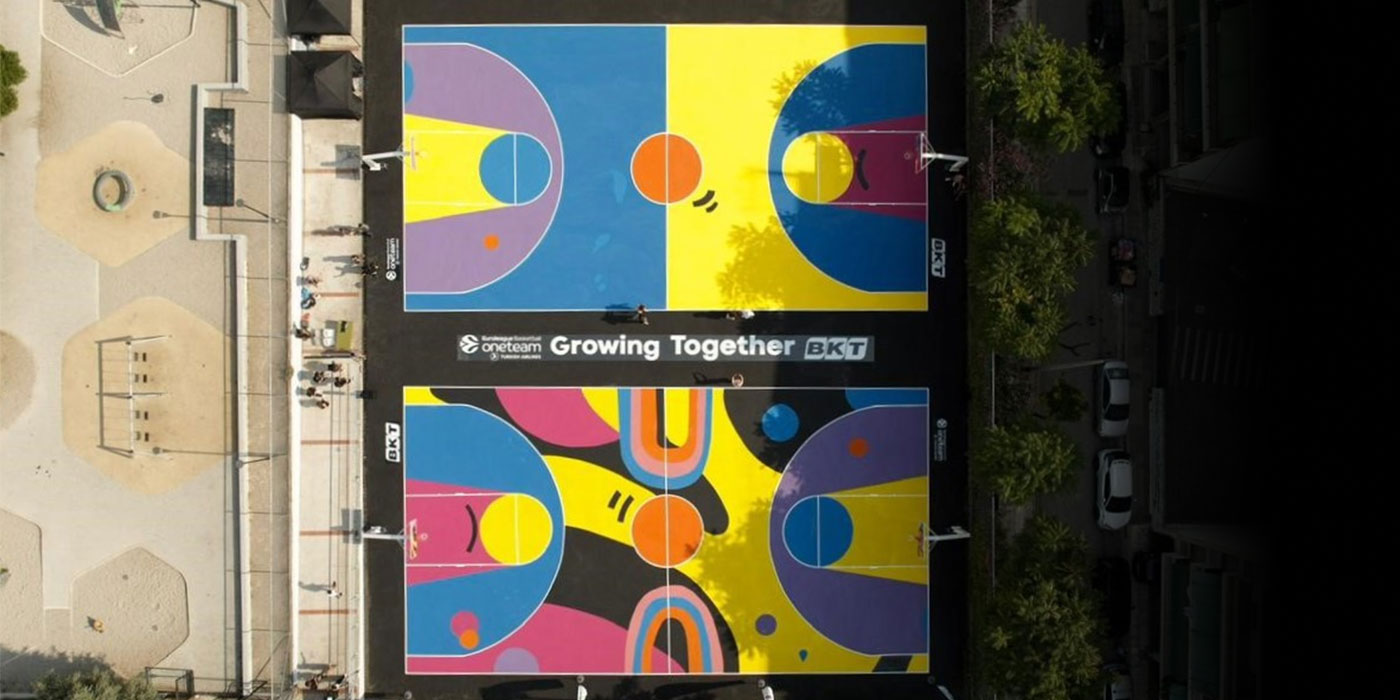Nestled in between a thick wooded forest and a beautiful 13-acre lake in Ohio’s Mahoning County is a small farm and homestead. It’s unassuming, really. The kind of place you might pass right by without noticing on your way from here to there.
A little over a century-and-a-half ago, it was the birthplace of the man who would fundamentally change American agriculture forever, but today, that small farm is home to test tracks and testing facilities designed to put tomorrow’s farm tires to the test. To push the limits of what’s possible, pioneering the latest technology that allows farm tires to go where they never have before. To stand strong in the fields and ride soft on the roads. To tread lightly over soil and roots, while translating ever-increasing horsepower to traction in the fields.
Columbiana, Ohio is a town of just over 6,500 residents and is the center of the ag tire world. It’s the birthplace of Harvey Firestone and home to Firestone’s Ag Tire Test Center. It’s on his family farm that Harvey Firestone first developed the agricultural tires that would later debut at the World’s Fair in 1935. Today, the self-proclaimed leader in the field utilizes the 350-acre facility to push the boundaries of ag tire technology.
To infinity and beyond
Much has changed since Harvey Firestone farmed those fields alongside his father and brothers. The equipment has gotten bigger – much bigger. The horsepower has been turned all the way up and farming operations have gotten larger. In fact, according to the U.S. Department of Agriculture, the number of farms in the U.S. peaked in 1935 at 6.8 million, falling sharply until the 1970’s. Today, there are an estimated 1.89 million U.S. farming operations, down a full 7% from just six years ago.
As a result, the equipment these farming operations utilize has gotten bigger, more powerful, and much more capable. This, in turn, has forced tire manufacturers like Firestone to push the boundaries of ag tire technology. I suppose it’s true what they say about necessity being the mother of all invention because, quite simply, there just isn’t another option. Get better or get left behind.
The only choice
Deflection (also referred to as flexion) is what you see when you look at a tire’s sidewall flexing under the massive weight of the equipment it carries and it’s the key to carrying more weight, translating horsepower to traction, and minimizing soil compaction. Put very simply: the technology that creates this sidewall deflection is what allows today’s leading farming operations to do more with less.
You may know that technology as “IF,” or increased flexion, and “VF,” or “very high flexion.” The former allows a 20% increase in load-carrying capacity vs. a standard ag tire, doubling that capability to a 40% improvement over standard tires.
“Harvesters, sprayers, and fertilizer spreaders require VF tires. With traditional tires, these pieces of equipment would require over 100 pounds of air pressure to handle the weight. This would result in larger tires,” said Brad Harris, chief engineer of new product development for Ag and OTR at Firestone. “Without VF, it would also require full equipment redesigns at the OE level with Deere, Case, New Holland, and AGCO, which would result in even more expensive pieces of equipment.”
And, Brad Harris would know. In addition to his role at Firestone, he also moonlights as a farmer and experiences all of the same challenges that Firestone’s customers contend with on a daily basis.
In a world where increases in air pressure equate directly to higher rates of soil compaction, VF technology is no longer a nice-to-have option. For many tire applications, It’s the only choice. It’s this duality of lower pressures and lower soil compaction in the fields paired with higher pressures that allow for higher carrying capacity that makes VF technology so extraordinary.
A lesson in economics
To truly understand the importance of VF tire technology, we first need to zoom out to the macro trends that impact farming operations across the nation. According to BKT’s Dave Paulk, American farmers have traditionally enjoyed relatively lower costs on inputs like fertilizer. Supply chain issues became a real challenge during the period starting in 2020 and expanded with the ongoing war in Ukraine, which is one of the largest fertilizer producers in the world. According to the Economic Research Service at the USDA, transportation interruptions in the Black Sea region pushed up prices on fertilizer by a full 50% from February to April in 2022. That’s a big deal because, according to the USDA, fertilizer costs account for nearly 45% of operating expenses for U.S. wheat and corn producers.
Additionally, input costs like labor and interest rates to fund farming operations have increased in recent years. According to a 2023 report from the USDA, farming labor costs increased by about 4.4% from 2022 to 2023, representing the largest increase since 2016. According to the USDA, “For every $100 spent on production expenses, almost $10 goes toward labor.” These labor expenses include both contract and hired labor.
These increases in input costs have resulted in the biggest plunge in farming income during the past two decades. A 2024 report from The U.S. Department of Agriculture forecast 2024 total U.S. farming net income at $116 billion, down from $156 billion in 2023, and a record $186 billion in 2022.
Investment or expense?
Producers today are stuck between rising input costs and declining crop prices, forcing them to do more with the same resources. Therein lies the opportunity for ag tire dealers across the country.
VF tire technology offers a myriad of benefits to producers, including increased traction in the fields at lower air pressures by reducing slippage and reducing ground bearing resistance on the roads at higher air pressures. All of this results in improved fuel economy. According to a 2021 report from the USDA, fuel costs are estimated to account for somewhere between 3-5% of farm production expenditures.
That’s not to mention the generational impacts of soil compaction on crop yields. According to Firestone’s Brad Harris, “VF tires allow us to minimize soil contact pressures, which maximizes plant nutrient uptake, water filtration, and root growth. VF tires also allow us to use the same equipment instead of investing in new equipment, which maximizes productivity.”
This begs a critical question: Are VF tires an expense or an investment?
No till, no bull
The idea for no-till farming dates back to the 1940s and the practice expanded across the world following the development of powerful herbicides around the end of WW2. No-till farming, also known as zero tillage, is an agricultural technique for growing crops without disturbing the soil through tillage.
“No- or minimum-till farming reduces labor and equipment costs because there are fewer passes through the field,” says BKT’s Dave Paulk. The results of this are a decrease in costs, improvements in profitability and reduced soil compaction. A trifecta of benefits.
Compaction is a big deal. According to a recent study from the Kellogg Biological Station at Michigan State University: “Every year for more than 30 years, the [crop] yield in no-till treatments increased versus the yield in tilled treatments – every year,” said Terrestrial Ecologist and Director of MSU’s Long-Term Ecological Research Program Nick Haddad “I would have expected a point where the yields and economic benefits reached their peak, but they continued to rise. It was jaw-dropping.”
In short: No-till farming works.
According to Ag Tire Sales Manager for K&M Tire Loudan Hammersmith, “Even a season or two of running slightly less expensive standard ag tires can lead to long-lasting soil and root structure damage. So, even equipment that has a short field life should be running the correct tires to minimize compaction.”
The beginning and the end
Today, we stand at the precipice between what was and what will be – the challenges and farming practices of the past and today’s trends that will help to shape the future of agriculture in America. It doesn’t take a tremendous amount of foresight to see that many of these macro-trends impacting farming operations today are likely to continue, and even pick up momentum.
Looking ahead, it’s likely that the number of farming operations will continue to decrease, which means larger farms and perhaps roading equipment longer distances between fields. Higher per capita labor costs are likely to incentivize the likes of Deere, Case, and AGCO to build larger, more powerful, heavier, and even more capable machinery. This also means that flexion tire technology is the present and the future. The alpha and the omega.
Perhaps most importantly of all, the trend toward no- or limited-till farming practices is likely to continue on an upward trajectory, placing soil compaction and sustainable farming practices into the center of the universe for producers.
Proven on ours, ready for yours
Somewhere out there, at this very moment, a farmer is planting corn for this season. He faces an uncertain future; input costs that are high and rising; crop prices that are moving in the wrong direction and interest rates that threaten to squeeze the profits right out of his operation, profits he needs to keep food on the table for his family and crops in the field.
Meanwhile, on a small family farm in a small Ohio community is an engineer pushing the next generation of tire deflection technology to the limit and beyond. In the words of Firestone’s Executive Director of Agricultural Sales, Anant Gandhi, “The products made here are made for farms here.”
Or, in the words of Harvey Firestone himself, these tires are proven on our farm and ready for yours. I don’t know about you, but I find solace in that, because whatever the future of agriculture in America looks like, rest assured there will be a tire for the job at hand.
Jeff Wallick is K&M Tire’s director of training.

